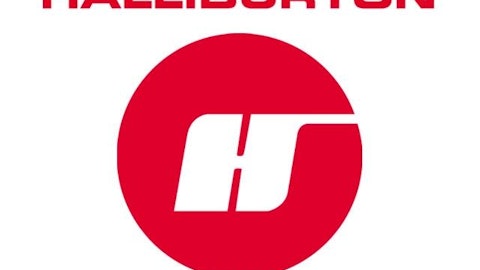Regardless of whether you’re a new investor or someone with 20 years of experience, you can benefit from the timeless principles listed below. They can serve as general guidelines in your approach to selecting superior investments.
Think like a business owner
First and foremost, you need to learn to think like a business owner. Buying shares of a company means that you effectively become part-owner of the underlying business. This means you should think less about the change in your shares’ price and more about business strategy, — e.g., moves made by your competition, demand for your product, the underlying financial health of your company, etc.
Consider high barriers to entry
As a business owner, you really don’t want a large number of competitors to destroy your market position, thereby forcing you to lower your profit margins in order to gain back customers. It’s preferable to own part of a business that possesses a wide moat against competitors. Western railroad company Union Pacific Corporation (NYSE:UNP) is a good example of such a company. The costly infrastructure that supports the railroad industry — e.g., tunnels, bridges, and tracks — discourages new companies from entering the railroad business. Union Pacific Corporation (NYSE:UNP) only faces one major competitor in the railroad industry: Berkshire Hathaway‘s Burlington Northern Santa Fe. This allows Union Pacific Corporation (NYSE:UNP) a certain amount of pricing power. As a result, the company increased year-to-date revenue 4% in the second quarter despite a volume drop of 1%. Union Pacific’s diverse revenue stream will allow it to capitalize on the recovering U.S. economy and the domestic energy boom. Freight segments such as automotive, chemicals, and industrial products will continue to serve Union Pacific Corporation (NYSE:UNP) well.
Look for needed products
Stockholders with a business mindset should want their businesses to sell necessary products. Westinghouse Air Brake Technologies Corp (NYSE:WAB) sells crucial parts and services to the rail and transit industry. Without these parts, trains couldn’t operate, which would put a major crimp in the flow of the nation’s goods. The company had grown revenue 5% year to date as of its June 30 quarterly report. Westinghouse Air Brake Technologies Corp (NYSE:WAB) estimates that it commands roughly 50% of the North American market for its primary braking-related equipment, as well as a leading share in North America for most of its other product lines. Economic recovery, acquisitions of smaller companies, and product innovation (think environmentally friendly locomotives) will keep this company’s growth engine chugging along.

Seek differentiation
If you’re thinking like an owner, you also should want to sell products that stand out, and NIKE, Inc. (NYSE:NKE)‘s athletic gear does just that. Its “swoosh” symbol conjures up images of sleek, high-end shoes and shirts, as well as the professional athletes who wear them, adding further resonance among the consumer base. NIKE, Inc. (NYSE:NKE) performs well for a large company: It increased its revenue by 8% in fiscal year 2013. Ubiquity achieved through multichannel marketing and distribution — e.g., professional athletic endorsements and factory outlet stores — will ensure continued success for this company.
Keep an eye on costs
Business owners want their managers to maintain or expand margins, defined as the percentage of revenue that goes toward profit. Food conglomerate ConAgra Foods, Inc. (NYSE:CAG)‘ product portfolio includes well-known brands such as Orville Redenbacher popcorn, Marie Callender’s frozen-food line, and Pam cooking spray. In this business, keeping an eye on cost is crucial due to the volatile prices of the commodities that go into making food. Moderate commodity costs, combined with prudent expense-reduction measures, increased ConAgra Foods, Inc. (NYSE:CAG)’ operating margins from 5% to 7% last year. Looking ahead, ConAgra Foods, Inc. (NYSE:CAG) lost a major customer in its commercial food segment and faces softness in the consumer foods segment, which means the company really needs to focus more on reducing costs. Extra volume and synergies resulting from its recent Ralcorp acquisition will go a long way toward minimizing.





